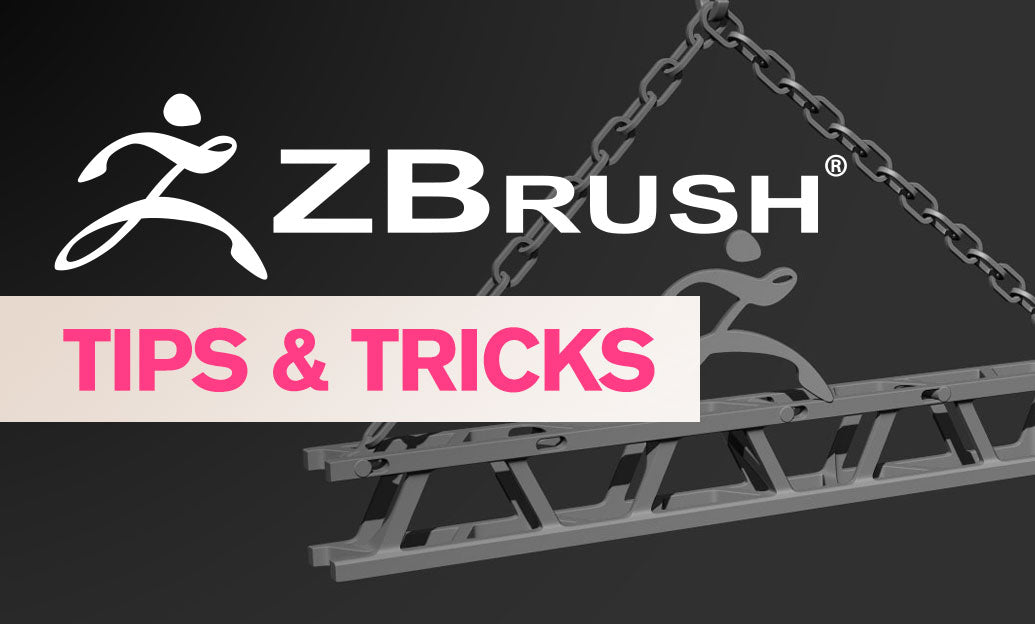Your Cart is Empty
Customer Testimonials
-
"Great customer service. The folks at Novedge were super helpful in navigating a somewhat complicated order including software upgrades and serial numbers in various stages of inactivity. They were friendly and helpful throughout the process.."
Ruben Ruckmark
"Quick & very helpful. We have been using Novedge for years and are very happy with their quick service when we need to make a purchase and excellent support resolving any issues."
Will Woodson
"Scott is the best. He reminds me about subscriptions dates, guides me in the correct direction for updates. He always responds promptly to me. He is literally the reason I continue to work with Novedge and will do so in the future."
Edward Mchugh
"Calvin Lok is “the man”. After my purchase of Sketchup 2021, he called me and provided step-by-step instructions to ease me through difficulties I was having with the setup of my new software."
Mike Borzage
Rhino 3D Tip: Enhancing Realism in Rhino 3D: A Comprehensive Guide to Render Material Types
January 02, 2025 2 min read

Understanding the various render material types in Rhino 3D can significantly enhance the realism and visual appeal of your models. Materials define how surfaces interact with light, affecting their appearance in renders. Here's a guide to help you navigate the different material types available:
Standard Materials
These are the basic materials that allow you to adjust:
- Color: The base color of the material.
- Transparency: Controls the opacity for simulating glass or water.
- Reflectivity: Determines how much light reflects off the surface.
- Texture Mapping: Applies images or patterns to surfaces.
Physically Based Materials (PBR)
PBR materials provide a more accurate representation of how light interacts with surfaces.
- Metallic: Simulates metals by affecting reflectivity and color.
- Roughness: Adjusts surface imperfections for realistic reflections.
- Normal Maps: Adds detailed surface textures without increasing geometry.
Emissive Materials
These materials emit light, making objects appear self-illuminated.
- Intensity: Controls the brightness of the emission.
- Color: Sets the color of the light emitted.
- Use Cases: Ideal for screens, LEDs, or any luminous objects.
Transparent and Translucent Materials
Used to simulate materials like glass, plastics, or liquids.
- Index of Refraction (IOR): Determines how light bends through the material.
- Fog Color: Adds color tinting for depth effects.
- Translucency: Allows light to scatter within the material.
Bump and Displacement Materials
Adds surface details without altering geometry.
- Bump Maps: Simulate small surface deviations.
- Displacement Maps: Modify actual geometry for pronounced effects.
- Applications: Create textures like wood grain, fabric weaves, or stone surfaces.
Advanced Tips for Material Management
- Use Material Libraries: Save and reuse materials across projects.
- Organize Materials: Group similar materials for efficient workflow.
- Preview Materials: Use the render preview to test material appearance quickly.
- Optimize Textures: Keep texture sizes manageable to improve performance.
Mastering render material types elevates your models to a new level of professionalism. For more resources and professional advice, visit NOVEDGE, your trusted partner in design software solutions.
You can find all the Rhino products on the NOVEDGE web site at this page.
Also in Design News

Advancing Sustainable Design: The Role of Eco-Friendly Software in Architecture and Engineering
May 11, 2025 5 min read
Read More
ZBrush Tip: Mastering the Displace Noise Brush for Enhanced Detailing in ZBrush
May 11, 2025 2 min read
Read MoreSubscribe
Sign up to get the latest on sales, new releases and more …



